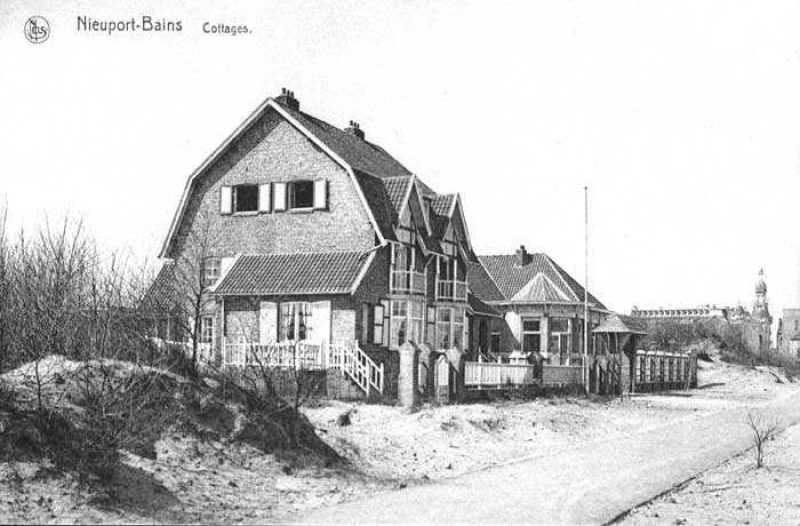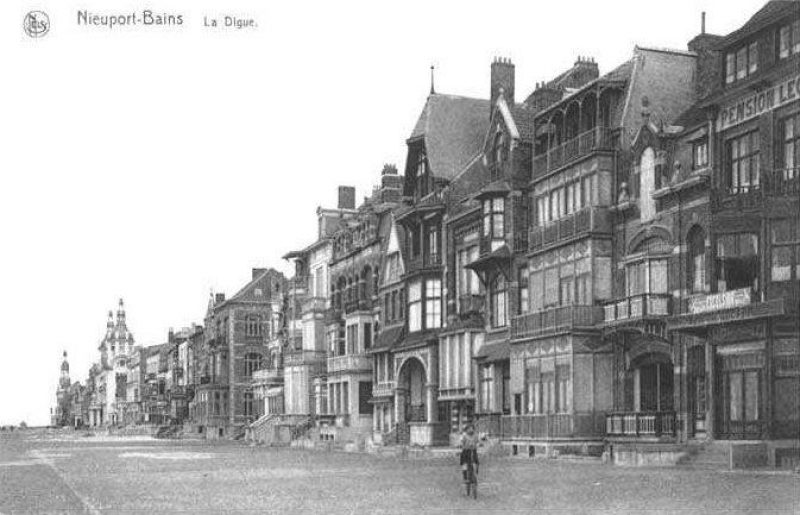
Two armchairs for a seaside holiday home, 1931-1932
Léon Stynen
by Eva Van Regenmortel
“My dear Léon, I am taking a break at Nieuwpoort-Bad and I have come to appreciate the pleasant tranquillity of this calm beach.”
This is the first paragraph of Emile Vincent’s letter from 1931, in which he enquires whether the architect Léon Stynen (1899-1990) would be interested in building a modest holiday home for his family in Nieuwpoort-Bad. The young Léon Stynen, who would go on to become one of the leading architects of his generation, sent his client a modern and a traditional design proposal. Vincent chose the second option. The semi-detached cottage in Albert I-laan is situated just 400 metres from the beach, along the road from the seaside resort to Nieuwpoort, which is inland.

Portrait of Léon Stynen © Flemish Architecture Institute. Collection of the Flemish Community, Léon Stynen Archive
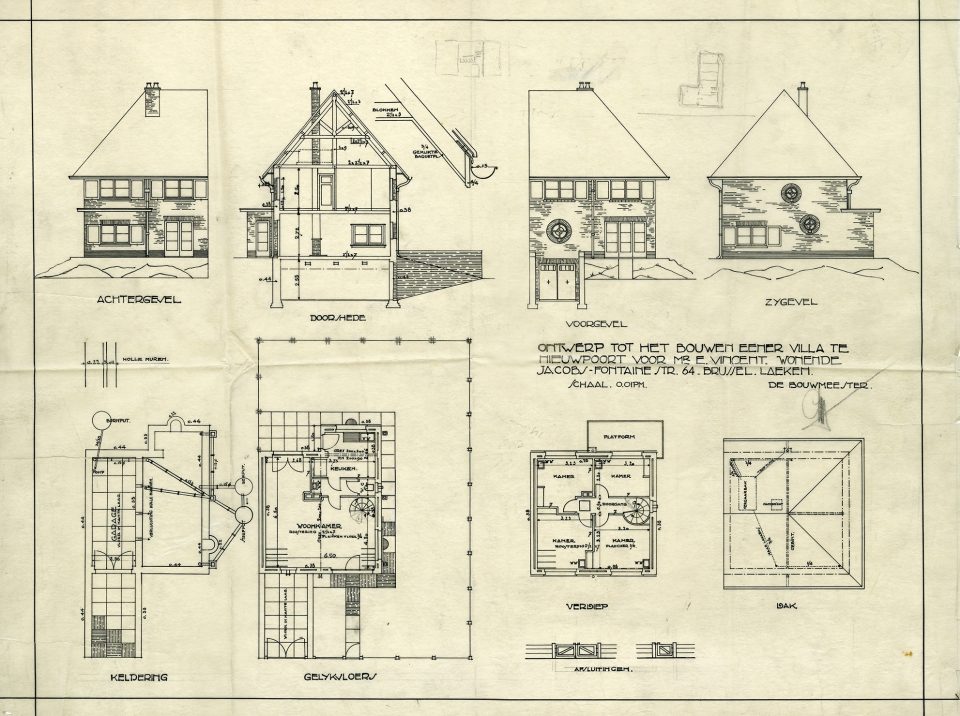
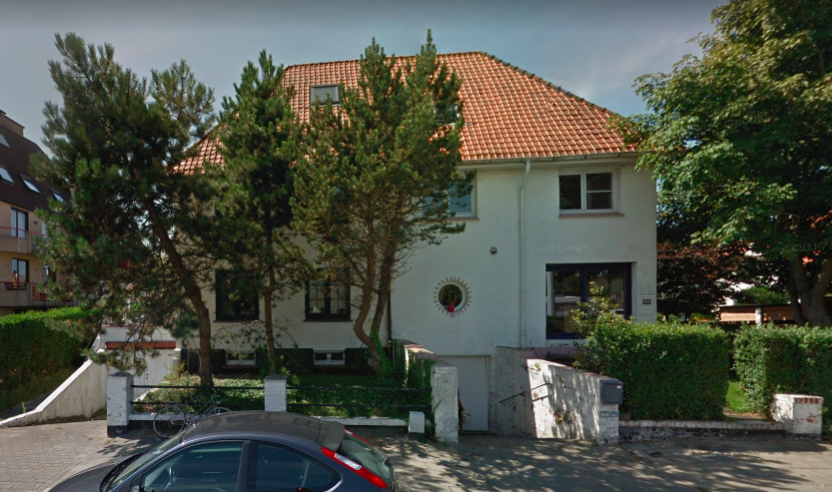
The house has a simple floor plan with an open living room and a kitchen on the ground floor. The four bedrooms on the first floor have been arranged around a central hall, which each have a sink. Léon Stynen also designed furniture for the house. The letters which he kept about this project refer to built-in cabinets and wardrobes in the kitchen and bedrooms respectively. He also provided a dresser and a sideboard, as well as a table with six chairs in light wood. Design Museum Gent has two armchairs from this holiday home in its collection. Paul Emile Vincent, the client’s son, who trained with Stynen as a young architect, donated them to the museum in 1990, along with two bar stools by Willy Van Der Meeren, with whom he had also collaborated. Paul Emile was seven years old when his parents’ holiday home was completed. According to the designer Luc Vincent, Paul Emile’s son, the armchairs stood in the salon behind the round window in the façade.
The armchairs are remarkably low and have been covered with a grey-greenish fabric, which resembles the sea, with a little imagination. Emile Vincent suggested that Stynen collaborate with the Ecole de Menuiserie of the City of Brussels for all the carpentry and the furniture in the home. The school was founded in 1904, near the Grand Sablon, and offered free carpentry training to children from working-class families. Whether Stynen followed this suggestion and whether the armchairs (and the other furniture) were produced in the Brussels school remains unclear.
In 2018, the Flemish Architecture Institute put Léon Stynen’s work in the spotlight again, with a retrospective, a publication and an architecture map. See www.stynen2018.be.
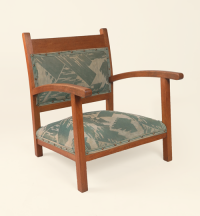
Sources
- Léon Stynen Archive, project file 3.1.349, Collection of the Flemish Architecture Institute
- Jo Braeken, Paul Emile Vincent, dans : Anne Van Loo (ed.), Repertorium van de Architectuur in België van 1830 tot heden, Mercatorfonds, Anvers, 2003, p. 597
- Liliane Viré, L’Ecole de Menuiserie de la Ville de Bruxelles, in: Ecoles bruxelloises. Aux racines de la diversité, Brussel, La Fonderie, 2013, pp. 33-39. (Les Cahiers de La Fonderie 48)
